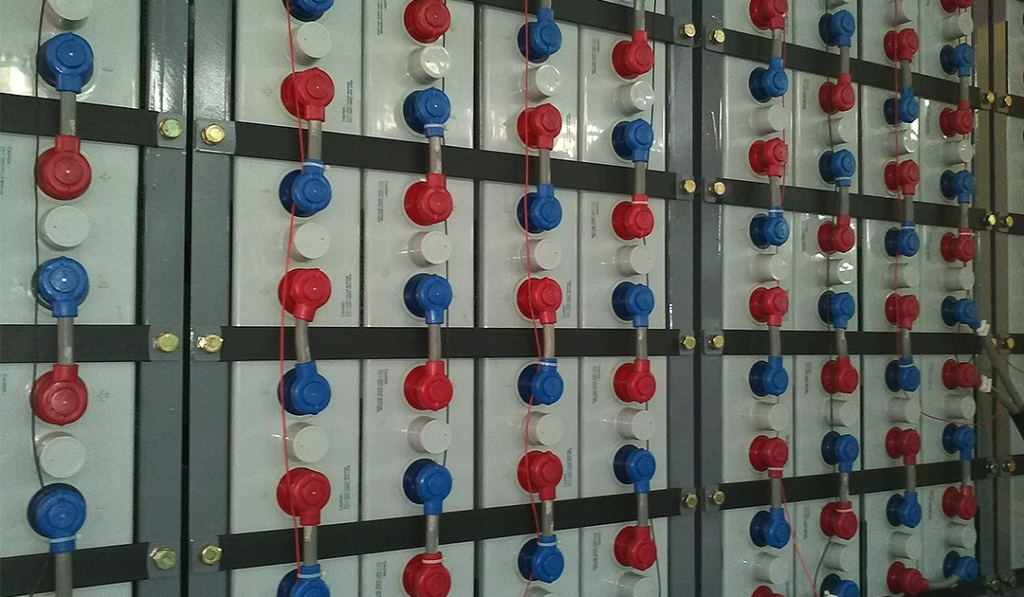Selecting cables for OPzV battery systems may seem straightforward, but certain common mistakes can compromise the performance and safety of the system. Here’s a list of errors to avoid.
1. Undersizing the Cables
Using cables that are too small for the current can result in overheating, voltage drop, and potential fire hazards. Always calculate the required cable size based on system specifications and include a safety margin.
2. Ignoring Temperature Ratings
Cables have specific temperature ratings that should not be overlooked. Installing cables in environments exceeding their rated temperature can lead to insulation failure. Opt for cables with higher temperature tolerance if needed.
3. Using Mismatched Cable Types
In some systems, mismatched cables with different resistance values are used, leading to uneven current flow and performance issues. Ensure uniformity in cable type, size, and length for all connections.
4. Skipping Voltage Drop Calculations
Neglecting voltage drop calculations can result in inefficient energy transfer and reduced system performance. Always account for the resistance of the cables and ensure voltage drops remain within acceptable limits.
5. Neglecting Quality Standards
Low-quality cables may seem cost-effective initially but can lead to frequent failures and safety risks. Always choose cables that meet recognized quality and safety standards.
6. Poor Installation Practices
Loose or improper connections can cause resistance and heat buildup. Always use the correct crimping tools, lugs, and connectors to ensure a secure and stable connection.
7. Overlooking Future Scalability
When designing a system, consider future expansion needs. Select cables that can handle additional current capacity to avoid replacing them during upgrades.
By understanding and avoiding these common mistakes, you can ensure the longevity and reliability of your OPzV battery system while minimizing maintenance costs.


